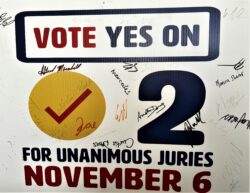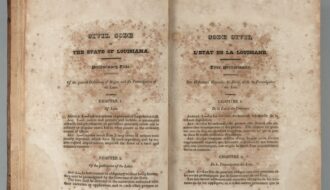
6.10. d. Napoleonic Code (French Civil Code)
France’s Civil Code of 1804 standardized civil law and became a model legal framework around the world, including in Louisiana.

France’s Civil Code of 1804 standardized civil law and became a model legal framework around the world, including in Louisiana.
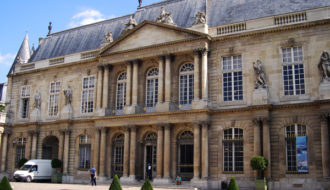
The National Archives of France in Paris is an important resource for scholars of early Louisiana architecture.
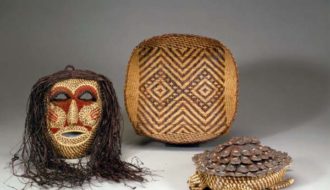
A hallmark of southeastern Indian societies, cane basketry traditions persist in fewer than ten contemporary tribal communities in the southeastern United States, including three in Louisiana.
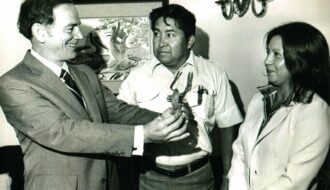
Following World War II, many Indigenous Louisianans joined regional and national efforts to promote tribal sovereignty, economic justice, and educational equality.

Native American culture has influenced Louisiana for at least six thousand years. Today, Louisiana is home to four federally-recognized tribes: Chitimacha, Tunica-Biloxi, Coushatta, and the Jena Band of Choctaw.

Louisiana boasts some of the most significant Native American earthen monuments in North America and ranks second only to Mississippi in the number of mound sites.
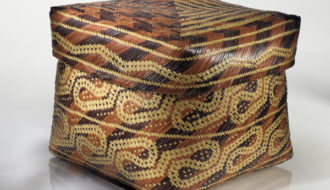
Native American communities in Louisiana are culturally diverse with unique histories.
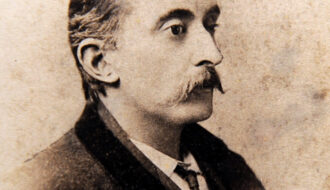
From the time of colonial exploration to the present, Louisiana’s landscape has inspired a rich variety of nature writing.

Franklin Delano Roosevelt’s New Deal brought jobs and resources to Louisiana during the Great Depression.

The effectiveness of President Franklin D. Roosevelt’s New Deal program in Louisiana was undercut by conflict with US Senator Huey P. Long.
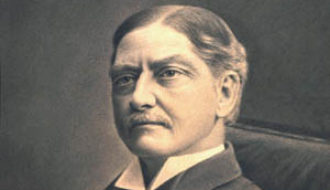
Attorney Newton Crain Blanchard served as one of Louisiana's representatives in the U.S. House of Representatives (1880-1893), an associate justice in the Louisiana State Supreme Court (1897-1904) and governor of the state (1904-1908).
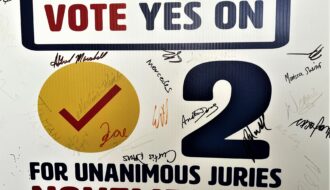
A segregation-era law voted down in 2018 and deemed unconstitutional in 2020
One-Year Subscription (4 issues) : $25.00
Two-Year Subscription (8 issues) : $40.00
